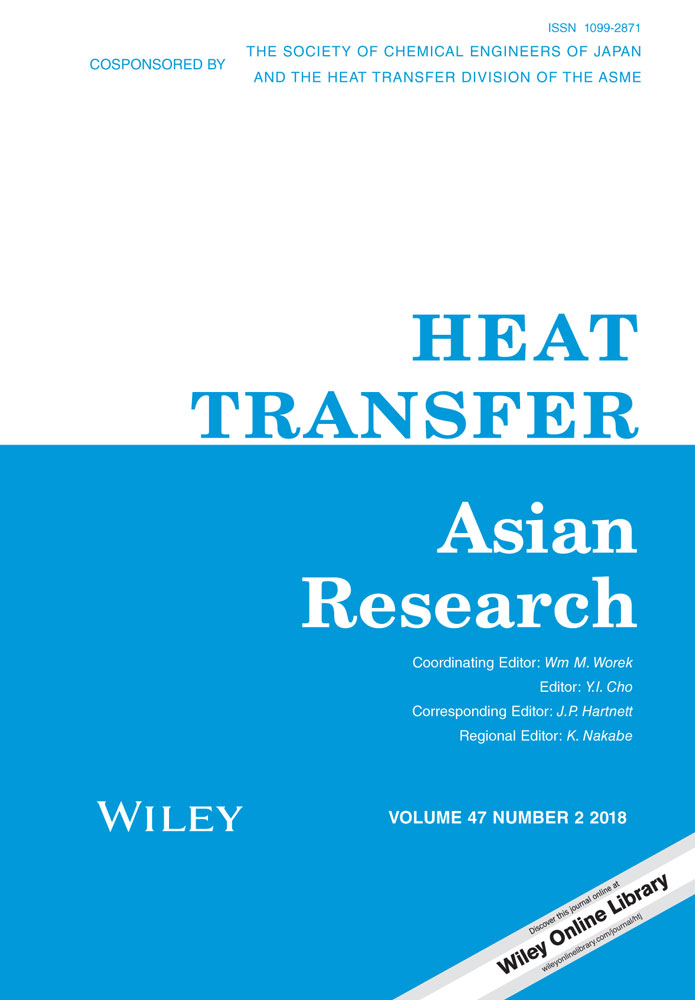CFD simulation on the performance of twin thermoacoustic prime mover for various resonator lengths and operating pressures
Abstract
The main objective of the present investigation is to analyze the effect of resonator length and different working pressures on the performance of a twin thermoacoustic prime mover, which was measured in terms of frequency and amplitude of the oscillations using the computational fluid dynamics tool FLUENT 6.3. The simulation was carried out for different resonator lengths such as 0.5, 0.6, 0.8, 1.1, and 1.4 m using nitrogen as a working fluid for various operating pressures such as 1, 2, 3, 4, and 5 bar. It was observed from the results that the pressure amplitude increases with an increase in resonator length and that the output frequency decreases with an increase in resonator length for a fixed operating pressure. For a constant resonator length, the increase in operating pressure has little influence on output frequency, and the pressure amplitude also increases. The results obtained were found to be in accordance with experimental works published by Hariharan and colleagues.1




